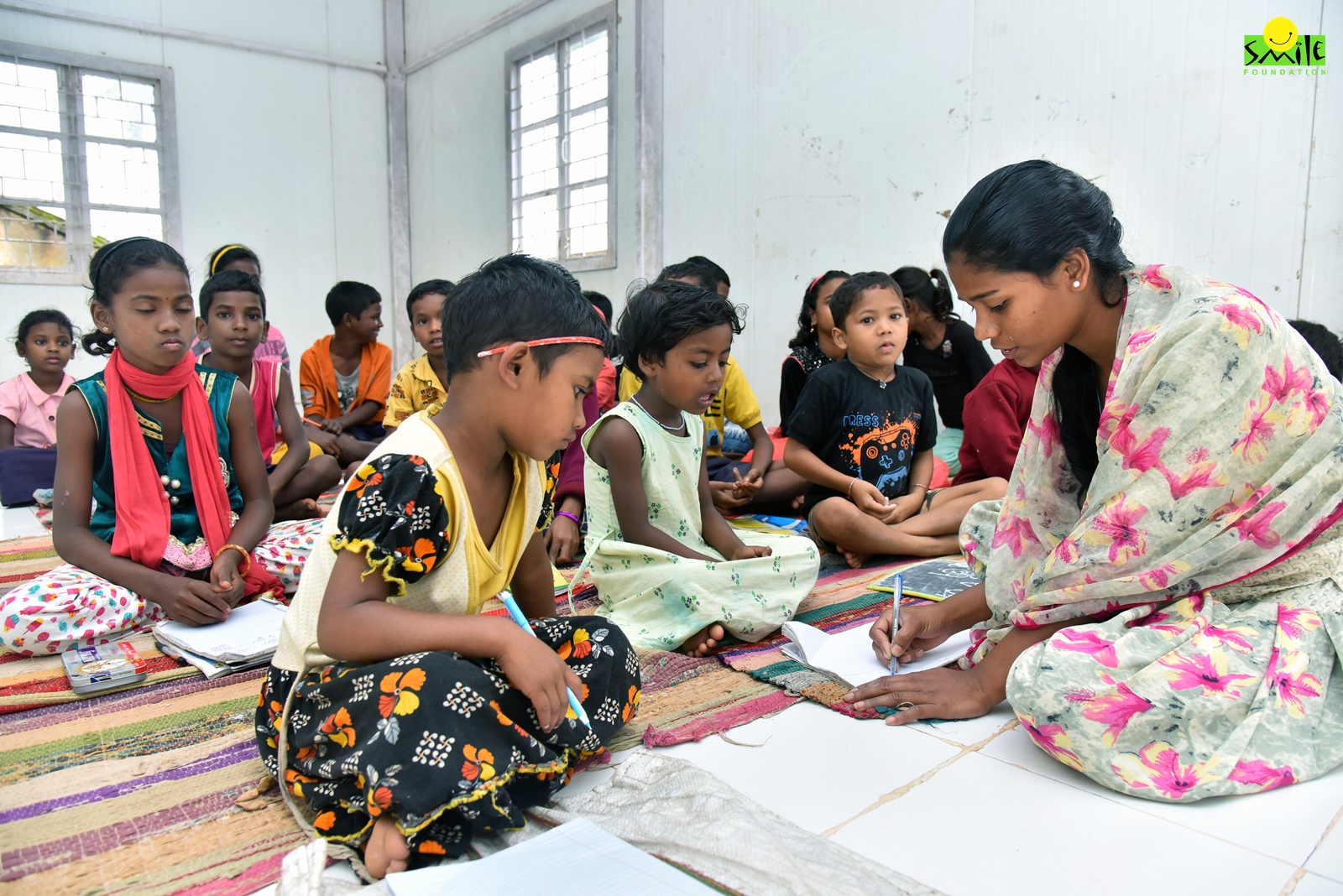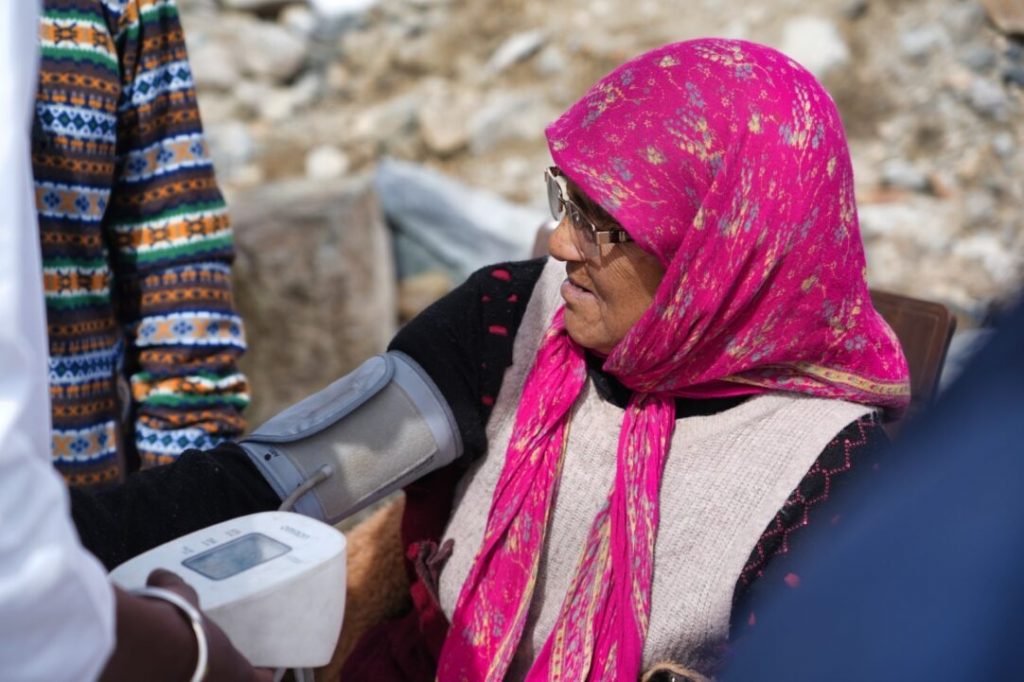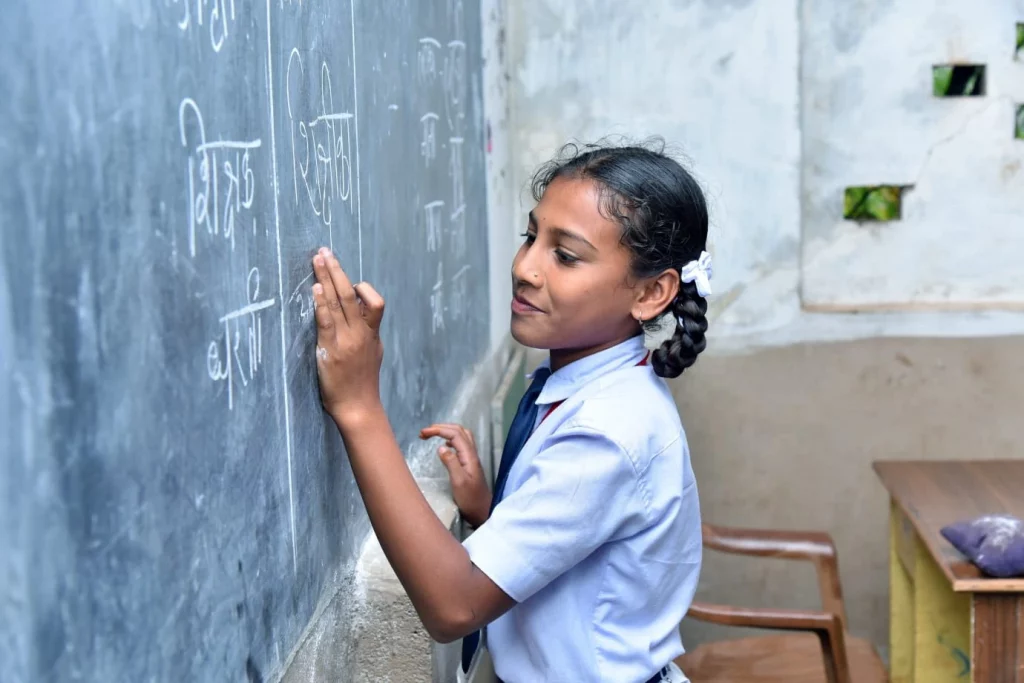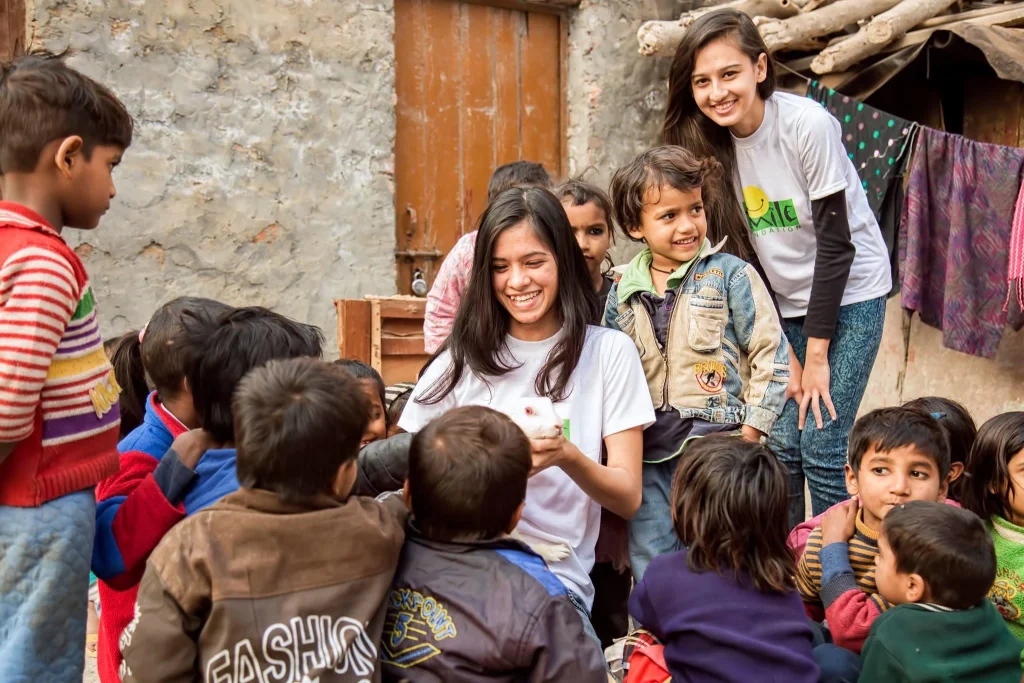In the 1940s, who would have even imagined that a boy, born in Rameswaram to a boatman’s family, would rise to become one of India’s most admired scientists, and the 11th President of the nation? But Dr. APJ Abdul Kalam, the first-generation learner, not only made it possible but also inspired hundreds of thousands of people to break their shackles and fly as high as possible.
Before the Missile Man
Growing up as a Muslim boy in a Hindu-majority town during a time of deep social divisions, Kalam experienced the quiet emotional strain of being excluded for his identity, doubted for his background, and carried the weight of his family’s hopes. With no academic lineage to rely on, he charted his path through grit, mentorship, and relentless curiosity. But beneath his achievements lay the invisible emotional tax that many first-generation learners carry—like the fear of not belonging, the need to constantly prove oneself, and the quiet pain of isolation in unfamiliar spaces.
Kalam’s story is not only one of personal brilliance—it’s a mirror to the layered struggles of many first-generation learners who navigate intersecting challenges of caste, class, religion, and geographical differences. Their success is not just about access to education but surviving systems not built for them. Having emotionally safe classrooms means recognising these burdens and building environments of trust, empathy, and inclusion. Only then can they fully thrive with strength and confidence drawn from them.
Emotional and psychological challenges faced by first-generation learners
Multiple studies have consistently shown that first-generation learners lack confidence, feel inadequate, and have a sense of not belonging during the initial phase of their lives. Poorer mental health has been a growing concern among first-generation learners. The NCERT report, titled Mental Health and Well-being of School Students, published in 2022, emphasises that emotional safety is fundamental to effective learning in Indian schools. It highlights that students who feel emotionally secure—experiencing respect, support, and a sense of belonging—are more likely to engage actively in learning and perform better academically.
In contrast, a lack of emotional safety can lead to disengagement, behavioural issues, and mental health challenges. Some of the most common challenges faced by first-generation learners include:
- Imposter syndrome: The National Centre for Biotechnology Information (NCBI) defines imposter syndrome as a behavioral health phenomenon that involves self-doubt of intellect, skills, and accomplishments among high-achieving individuals. Due to this syndrome, first-generation learners cannot completely internalise their success. As a result, they end up having constant feelings of self-doubt, anxiety, depression, and apprehension of being exposed as a fraud in their work, despite verifiable evidence of their success. This is one of the common challenges faced by first-generation learners.
- Survivor’s guilt: Another common issue faced by first-generation learners is survivor’s guilt, often experienced in the form of ‘achievement guilt.’ The guilt of leaving their family behind to struggle and advancing towards success. For people with survivor’s guilt, success can feel emotionally conflicted rather than a pure celebration, and it often goes unspoken. For first-generation learners, survivor’s guilt manifests as feeling unworthy of their success when their family members haven’t had similar opportunities, avoiding success to stay loyal to their background, and experiencing discomfort while enjoying privileges that their family members sacrificed for.
- Fear of failure: This anxiety stems from navigating unfamiliar academic terrains without familial guidance, balancing financial responsibilities, and confronting societal expectations. The prevailing emphasis on academic excellence further exacerbates their anxiety and diminishes their academic self-efficacy. A study highlighted that suicides due to exam failure accounted for 12.9% of all student suicides, underscoring the critical need for mental health support and interventions that address the fear of failure among students. For first-generation learners, the fear of failure can be particularly debilitating.
- Cultural dissonance: Most first-generation learners encounter cultural dissonance as they transition into formal educational settings, particularly in higher education. This dissonance arises from a mismatch between their home cultural norms and the expectations of academic institutions. Numerous studies on first-generation learners highlight challenges such as difficulties in English communication, unfamiliarity with urban social norms, and hesitation in interacting with faculty—all contributing to low self-esteem and academic underperformance. These students also face social barriers, including discomfort in mixed-gender interactions and unfamiliarity with common urban student activities, further exacerbating their sense of alienation.
- Financial anxiety: It is a common challenge faced due to limited family income, lack of generational wealth, and the high cost of educational materials and living expenses. A study by the Indian Council of Social Science Research (ICSSR) in 2022 found that over 55% of first-generation college students rely heavily on scholarships or part-time work, which often interferes with academic performance and mental well-being. A 2023 study published in Springer also noted that financial instability contributes significantly to dropout rates and academic underachievement among first-gen learners, particularly those from Scheduled Castes and Tribes.
The Science of safety and belonging
Emotional safety is not just a feel-good concept. It is a neurological and psychological necessity for learning. Time and again, neuroscience and behavioural science have demonstrated how stress, social belonging, and mindset directly influence a student’s ability to focus, retain information, and thrive academically.
For instance, when students feel emotionally unsafe due to fear of judgment, exclusion, or academic failure, their bodies release the stress hormone called cortisol. Elevated cortisol levels impair the function of the brain’s center for memory formation and retrieval, called the hippocampus. Chronic stress significantly affects students’ attentional capacity, reduces working memory, and hinders long-term retention. In school environments where students experience ridicule, discrimination, or high-pressure evaluation, their brains shift into survival mode, diverting resources away from critical thinking and learning.
In contrast, belonging cues are often taken as signals that one is valued, accepted, and seen. This in turn activates dopaminergic pathways in the brain, enhancing motivation, attention, and openness to learning. Even short belonging interventions can significantly improve academic persistence and performance—especially for first-generation learners, research by Geoffrey Cohen and Gregory Walton at Stanford shows. This is because such cues reduce social vigilance and allow students to invest more fully in their learning.
As per the NCERT 2022 mental health survey, Indian students—especially those from marginalised communities—fear failure and see poor performance as a personal flaw, and not as a learning opportunity. The growth mindset interventions, a term coined by Carol Dweck, have come in handy in numerous cases since they reframe struggles as strengths. A study conducted by the Azim Premji Foundation showed that when teachers praise effort and persistence rather than correctness, student confidence and engagement significantly increase, especially in rural schools.
Inside emotionally safe classrooms: Trust, belonging and growth
Every one of us deserves a safe space where our voices are heard, opinions are valued, risks are taken, and mistakes are made. In most of our lives, that space should be our classrooms, where we spend most of our childhood and adulthood time. Emotionally safe classrooms are responsive to students’ perspectives and needs, have consistent and predictable routines, respect and value students, and affirm students’ identities. Students are encouraged to engage in open discussion and come to a mutually beneficial solution whenever challenges arise.
Of late, the Indian education system has been recognising Social-Emotional Learning (SEL) as a vital component, and often age-appropriate training is provided to help teachers integrate SEL into their curriculum. This aims to develop competencies like self-awareness, empathy, and decision-making skills among students. Initiatives like Delhi’s Happiness Curriculum, introduced in 2018, focus on mindfulness, critical thinking, and relationship building to enhance students’ emotional well-being. This programme has been adopted in various states and has shown positive outcomes in improving students’ mental health and classroom engagement.
Smile creating emotionally safe classrooms
One such initiative was taken by the Smile Foundation as a part of our Mission Education. We have been setting the stage for emotional growth through our comprehensive teachers’ training programmes that cater to the needs of students from diverse backgrounds. We focus on modern teaching methodologies, classroom management, and supporting students’ emotional and social development. Additionally, we have been conducting numerous seminars and workshops that align with the National Educational Policy (NEP) 2020 and cover various topics like classroom management, subject-specific knowledge, child pedagogy and well-being, teaching-learning tools, and use of digital tools.
As a part of the programme, teachers and mentors are trained on developing positive and meaningful connections with children in order to create a profound impact on the socio-emotional development of a child. Empathy and compassion are taught as essential components for fostering acceptance and understanding.
At our Mission Education centres, teachers identify and nurture each and every child’s uniqueness. They work to enhance the self-esteem and self-assurance of children who are facing external biases and stereotypes. Students are also exposed to diverse cultures, experiences, and perspectives, promoting empathy and compassion for others.
We all want to be seen
In emotionally safe classrooms first-generation learners no longer sit in silence, weighed down by fear or self-doubt, but instead raise their hand with confidence, knowing they belong, their voices matter, and their journeys are valued. When we treat emotional safety as essential to learning and equity, we don’t just change outcomes, we ensure every child feels supported and seen.










